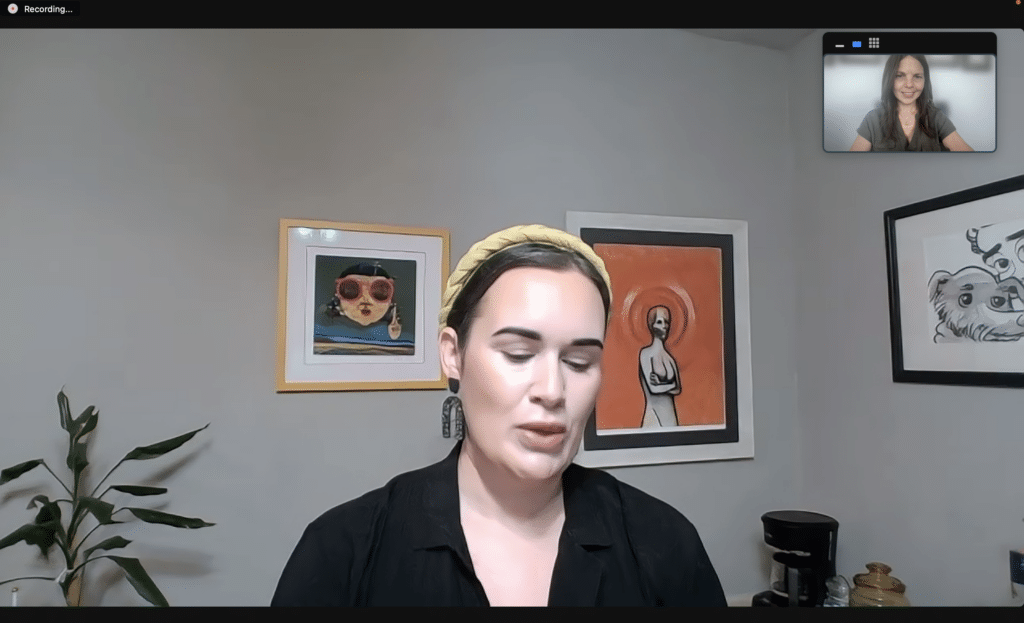With very little exception, our entire staff attends a monthly training which serves to augment our understanding of the organization, the mission we strive to fulfill and the people we serve. Each session proves valuable, offering a layer of insight previously unknown, and each one is dotted with “aha” moments that are critical in adapting to the ever-changing challenges of mental health and homelessness.
This month’s training was no different.
We partnered with the Oklahoma Mental Health and Substance Abuse Services agency to explore the emerging field of NEAR Science and ACEs.
NEAR is an acronym that stands for Neurobiology, Epigenetics, ACEs (adverse childhood experiences) and Resilience, and the science is an interdisciplinary field that explores how childhood (birth to age 18) experiences impact genetics, long-term health and brain development. It examines the relationship between adverse experience exposure early in life to a person’s mental and physical health throughout their life, punctuating the importance of prevention and early intervention.
On the surface, it already makes sense, and with a deeper dive into NEAR Science, the logic really can smack your forehead in a “duh” moment. This is likely of little surprise to most. What is interesting, though, is the generational span’s breadth. For example, the effects of trauma can persist through at least seven generations.
Understanding NEAR Science and ACEs is of paramount importance to any professional who works in or adjacent to the mental health field, as this knowledge proves useful when it’s integrated into both treatment and the important efforts of breaking the cycle of intergenerational trauma.
We encourage you to be curious about this nascent area of mental health and explore the growing number of resources available. For instance, leading up to the 2023 Zarrow Mental Health Symposium: New Horizons in Brain Science, I had the pleasure of interviewing Carly Dunn, Research Associate and PhD candidate at Oklahoma State University, about her upcoming presentation, NEAR Science: Beyond Aces. It was a fascinating conversation that can be heard here. Additionally, you can learn more about the ACEs study, first developed in the mid 1990s, on the Center for Disease Control’s (CDC) website, and read more about NEAR Science here.

